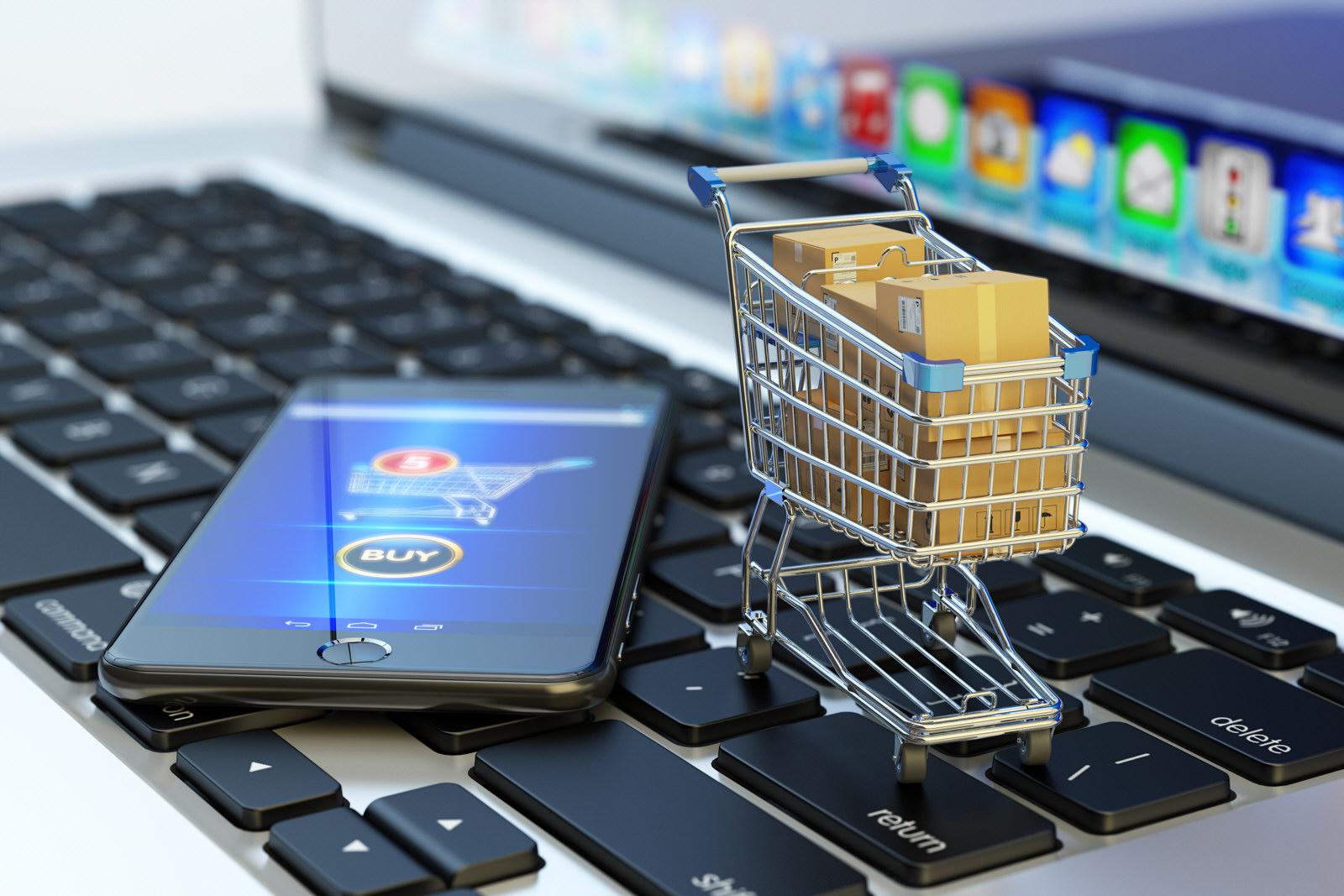Quick E-commerce, also known as quick commerce, refers to an online commerce platform that delivers groceries and essential items within a few hours of order placement. Powered by mobile applications and tech-enabled warehouses located closer to residential areas, quick e-commerce platforms promise deliveries within one hour of ordering. Grocery shopping has transitioned online as more people are seeking contactless deliveries amid the pandemic. Quick delivery platforms aim to meet this rising demand for fast home deliveries. The global quick E-commerce market handles items ranging from daily essentials like vegetables, fruits, meat to other merchandise like mobile phones, books, among others. With fulfillment centers established near high-density residential localities, quick e-commerce players ensure quick last-mile delivery. The Global Quick E-Commerce Market is estimated to be valued at US$ 44.81 Bn in 2024 and is expected to exhibit a CAGR of 9.3% over the forecast period 2024 to 2030.
Key Takeaways
Key players operating in the Global Quick Commerce Market Share are Shire Plc., CSL Limited, Octapharma AG, LFB S.A., Biotest AG, Grifols, S.A., SK Plasma Co., Ltd., Baxter International Inc., Green Cross Corporation, and Fusion Health Care Pvt. Ltd., among others.
Growing demand for convenience is a key driver of growth in the quick e-commerce market. More people now prefer ordering daily essentials online and having them delivered within an hour for the sake of convenience. The ability to order and receive delivery at short notice makes quick e-commerce an attractive proposition for time-pressed customers.
Quick e-commerce players are scaling their operations globally to tap into demand worldwide. Companies are expanding to new geographies by setting up local fulfillment centers and partnering with regional retailers. Establishing local supply chains enables quick e-commerce platforms to better serve international markets with faster delivery speeds.
Market drivers
The growing popularity of mobile shopping apps is a major driver propelling the quick e-commerce market forward. Technologies like mobile wallets and apps have boosted online commerce penetration in both developed and developing nations. Most quick e-commerce firms operate through apps offering user-friendly interfaces for easy ordering and payment. Apps coupled with speedy delivery are strengthening branding of quick commerce players globally.
Impact of geopolitical situation on Global Quick E-Commerce (Quick Commerce) market growth
The current geopolitical scenario has impacted the growth of the quick commerce market to some extent. Due to the ongoing Russia-Ukraine war and rising tensions between other nations, there has been disruption in supply chains globally. Many quick commerce companies rely on seamless logistics and delivery of goods within minutes or hours. Any hindrances in movement of goods and raw materials between countries can hamper their operations. Furthermore, demand has taken a hit in the affected regions as consumer spending has reduced. However, quick commerce services have become more essential for delivery of daily essential items to customers' doorsteps amid restrictions and safety concerns. Companies need to diversify and strengthen local sourcing capabilities to minimize dependence on global supply chains. They must also focus on sustainability and localization of newer regional fulfillment centers or warehouses to cater to remote areas. Adopting innovative delivery models like drones and robots can help quick commerce platforms overcome challenges arising from geopolitical instability.
Geographical regions where quick commerce market is concentrated in terms of value
A majority of the value in the quick commerce market is concentrated in densely populated urban areas across regions. As per recent estimates, Tier 1 and Tier 2 cities in India and China account for more than 50% of the current market value. Cities like Delhi, Mumbai, Bengaluru, Chennai, Hyderabad in India and Beijing, Shanghai, Guangzhou, Shenzhen, Hangzhou in China have high consumer demand and density for quick commerce services. Other metro areas generating significant revenues include Jakarta, Tokyo, Seoul, Bangkok, Ho Chi Minh City, Kuala Lumpur and key cities across Europe, Middle East, USA, and parts of Latin America. The availability of young workforce and dependence on convenience are driving the popularity of quick commerce in these locations.
Fastest growing region in the Quick Commerce market
Currently, Southeast Asia is emerging as the fastest growing region in the global quick commerce market. Countries like Indonesia, Vietnam, Philippines, Singapore and Malaysia are witnessing exponential growth in adoption of quick commerce due to rising internet penetration, young demographics and rapid urbanization. The pandemic further accelerated online purchasing behavior in these countries. According to several market estimates, the Southeast Asia quick commerce market is expected to expand at a CAGR of over 15% during the forecast period compared to the global average of 9.3%. Local players like Grab, Gojek and Pandamart are fueling market growth through investments and expansion of hyperlocal delivery capabilities. The region offers immense opportunities for quick commerce players to capitalize on the digital transformation and capture rising demand in Tier 2 & 3 cities as well.
For more insights, Read- Global Quick E-Commerce (Quick Commerce) Market
